Our Vision
By now it is widely evident that humanity as a whole is walking a path of earth destruction and risking self-extinction. It is urgent and necessary to find ways to bring our activity in line with the earth’s natural processes. Friends of Redtail Society challenges the dominant assumption that nature is a “resource” and that environmental destruction is necessary because our current economic structures depend upon it.
As an organization, we wish to support the idea that we can live in better harmony with earth’s processes, that we can demonstrate a balance between the needs of human and non-human communities and that our lives can support, not degrade, life on the planet.
Guiding Principles
The Board of Directors has adopted a set of Guiding Principles to guide our future activities and plans. Taken together these principles serve to foster a land relationship, which moves away from the “either/or” practice of either exploitation or preservation and toward a balance of give and take in all our actions.
- Demonstrate respect for the Web of Life: Non-human centered decision making asks us to consider that human needs should never be assumed to take precedence over the needs of other Beings. All human decisions should be made in the spirit of interconnectedness and cooperation with other life forms.
- Foster a deeper and respectful relationship with the land and all its Beings: Broaden our sense of community to include the plants, the animals, the air, the water, and the soil.
- Minimize human impact and protect wild areas: Recognize that nature systems function perfectly as they are, the human hand is not required to “improve” them. As humans we have to find our place in this system again and only in harmony with Nature will the human race have a future.
- Engage community in the health and wellbeing of the bioregion: Promote the value of community exchange, sharing and gathering.
A Forest of Possibilities
At this time our ideas for this land are provisional and will no doubt evolve; but always, in keeping with the principle of supporting biodiversity. Nonetheless, the general conditions of the land provides some possibilities:
- A portion of the land is heavily forested with trees that are multi-aged and with a natural Acadian mix of hard and softwood species. Here we might consider appropriate usage of selected trees and other forest growth with a view of supporting small, locally owned, value-added businesses.
- A portion of the land was partially cleared in the 1980s and is in various stages of re-growth. Its open areas are well suited to the educational and outreach tenets of our Society. Some possibilities might include an education site for demonstrating a model of low impact sustainable living, a site from which to lead educational demonstrations or tours of the land or a community a gathering place.
- A sizable portion of the land has escaped significant human impact and will benefit from the extent to which we respect and maintain this.
